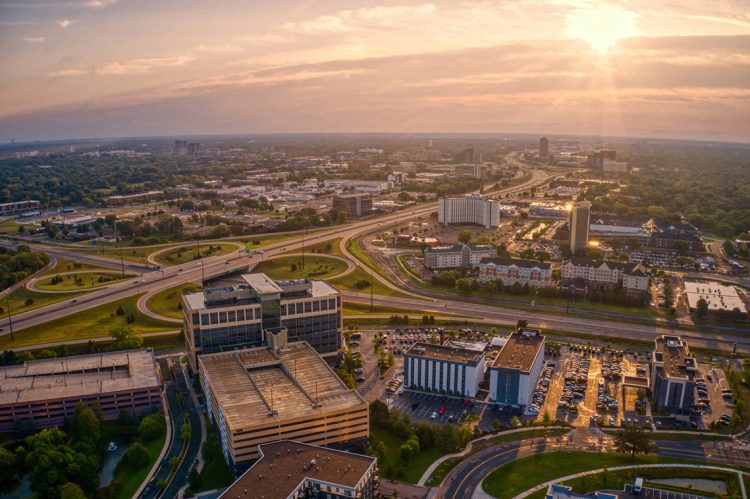The privacy and local nature of the American suburb has become much more desirable over the years, especially during and after the pandemic, but most still miss the energy and amenities of city life. Now, many suburbs are blurring their lines with cities, growing a lot more urban to attract more residents. But, where are the best suburbs that feel like living a city life?
5 Key Reasons FSBOs Regret Not Using a Real Estate Agent
People don’t normally DIY it when a lawyer, electrician or other professional is needed. But some homeowners think selling their properties with no agent will save gobs of money on commissions. Read more.
Business Tip of the Day provided by
Categories
The Most Important Real Estate News & Events
Click below to receive the latest real estate news and events directly to your inbox.
By signing up, you agree to our TOS and Privacy Policy.













